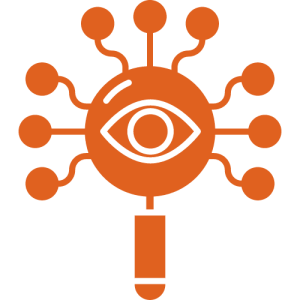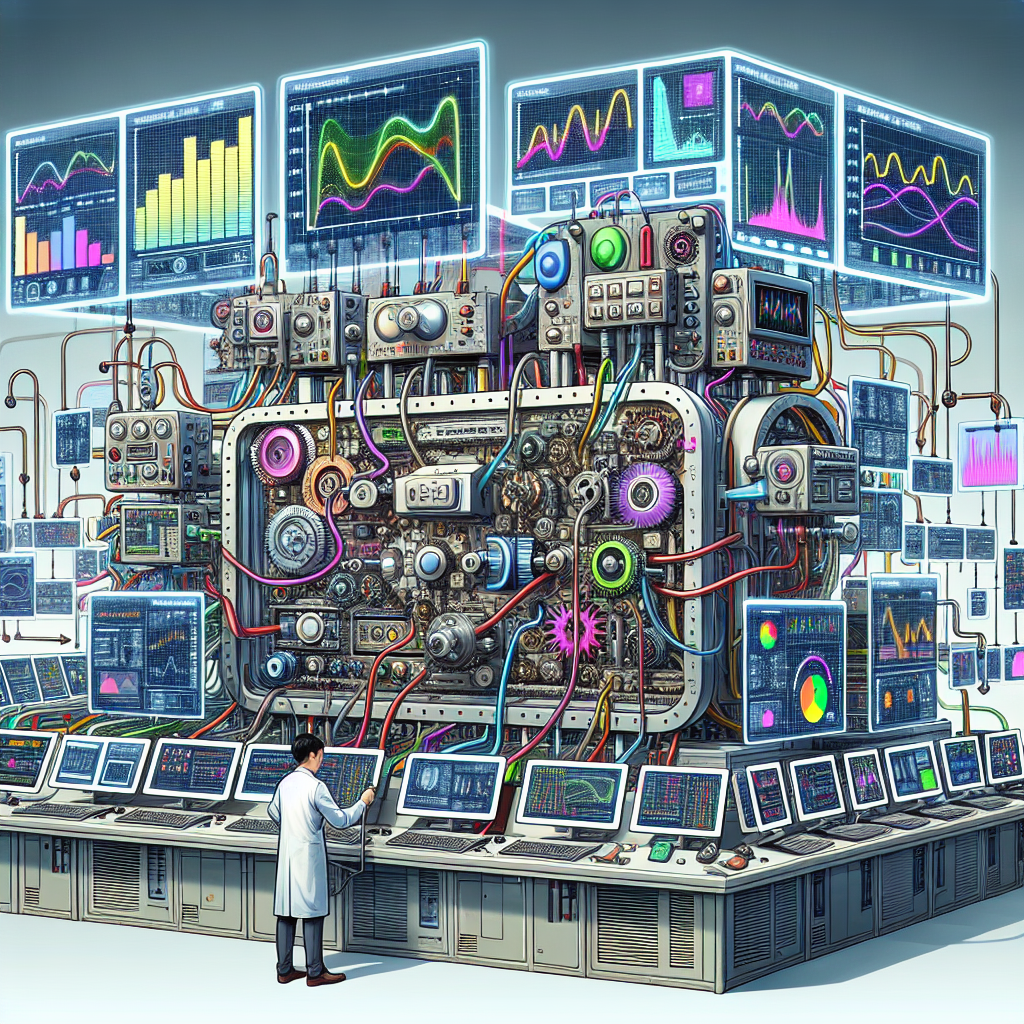Training Custom Datasets with NeRF-Studio Gsplats: Explaining 3D Gaussian Splatting Paper
Training Custom Datasets with NeRF-Studio Gsplats: Explaining 3D Gaussian Splatting Paper
Introduction
The NeRF-Studio Gsplats paper introduces a novel method for training custom datasets using 3D Gaussian splatting. This technique allows for the generation of high-quality 3D reconstructions from sparse and unstructured data.
Understanding NeRF-Studio Gsplats
NeRF-Studio Gsplats leverages the power of Neural Radiance Fields (NeRF) to create detailed 3D models. By combining the strengths of NeRF and Gaussian splatting, this approach enables the training of custom datasets with greater flexibility and accuracy.
Neural Radiance Fields (NeRF)
- NeRF is a deep learning technique that models the volumetric scene function by learning the mapping between 3D coordinates and radiance values.
- It allows for the generation of photorealistic 3D reconstructions from 2D images.
Gaussian Splatting
- Gaussian splatting is a rendering technique that projects 3D points onto a 2D image plane using Gaussian distributions.
- It provides a more accurate representation of the underlying 3D structure compared to traditional point-based rendering methods.
Key Insights from the Paper
The NeRF-Studio Gsplats paper highlights several key insights:
Improved Training Flexibility
- NeRF-Studio Gsplats allows for the training of custom datasets, enabling the creation of 3D reconstructions for a wide range of applications.
- It provides greater flexibility in handling sparse and unstructured data, making it suitable for scenarios where traditional methods may struggle.
Enhanced Reconstruction Quality
- The combination of NeRF and Gaussian splatting results in higher-quality 3D reconstructions with improved accuracy and detail.
- By leveraging the strengths of both techniques, NeRF-Studio Gsplats overcomes limitations and produces more realistic models.
Conclusion
The NeRF-Studio Gsplats paper introduces a powerful method for training custom datasets using 3D Gaussian splatting. By combining the strengths of NeRF and Gaussian splatting, this approach offers improved training flexibility and enhanced reconstruction quality. This technique has the potential to revolutionize 3D modeling and reconstruction in various fields, opening up new possibilities for applications such as virtual reality, computer graphics, and more.







